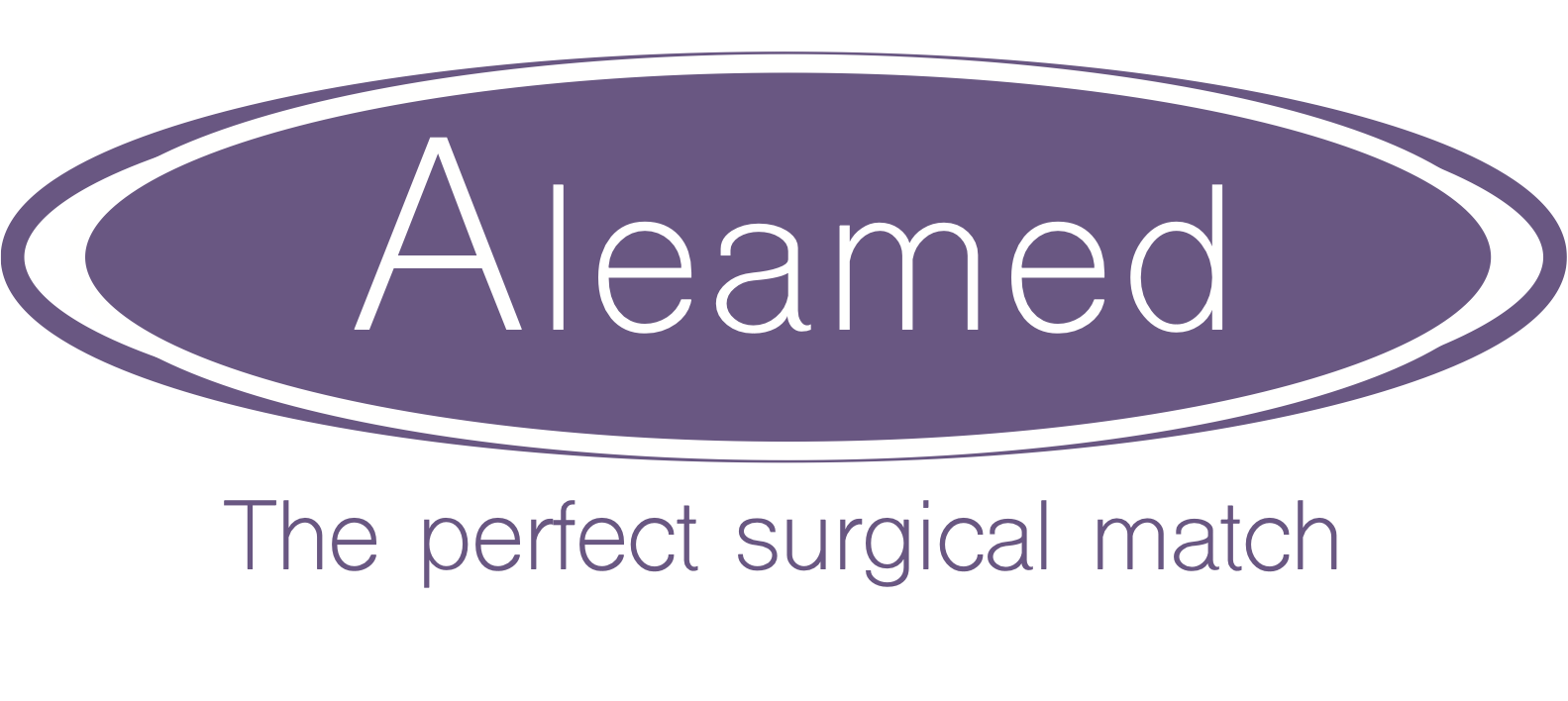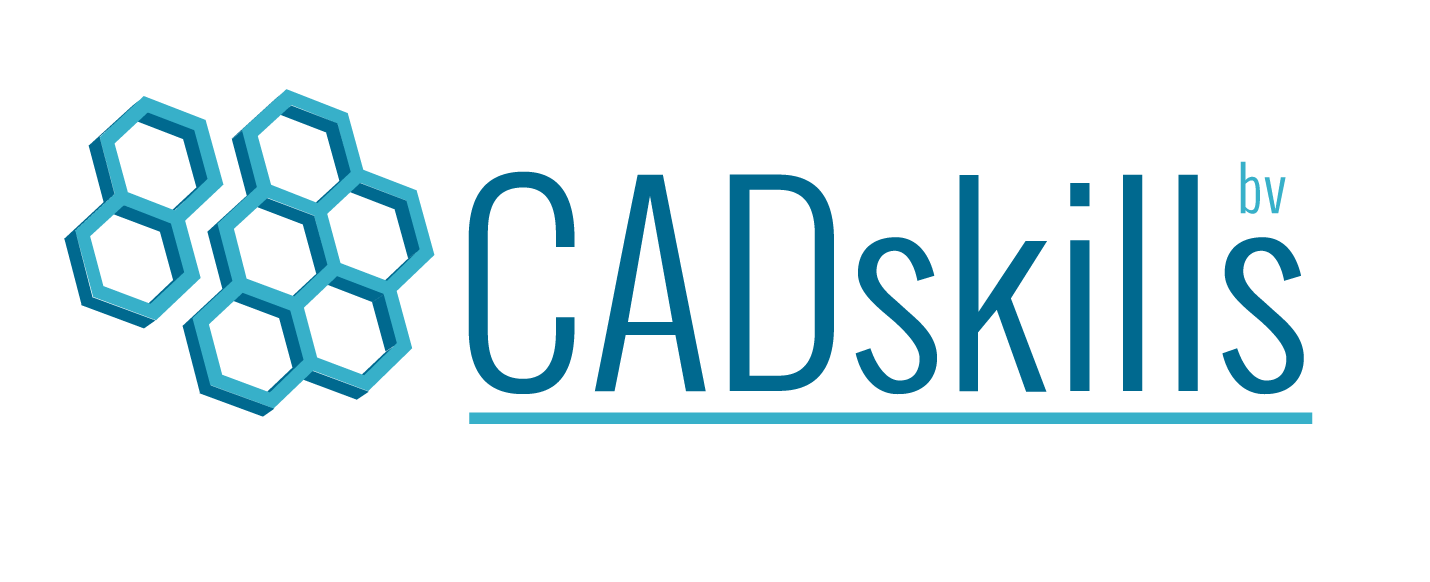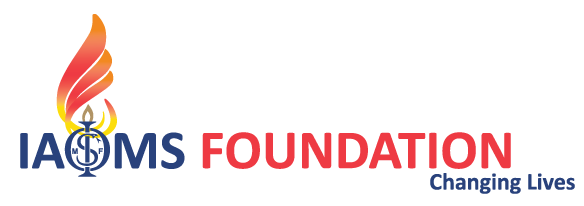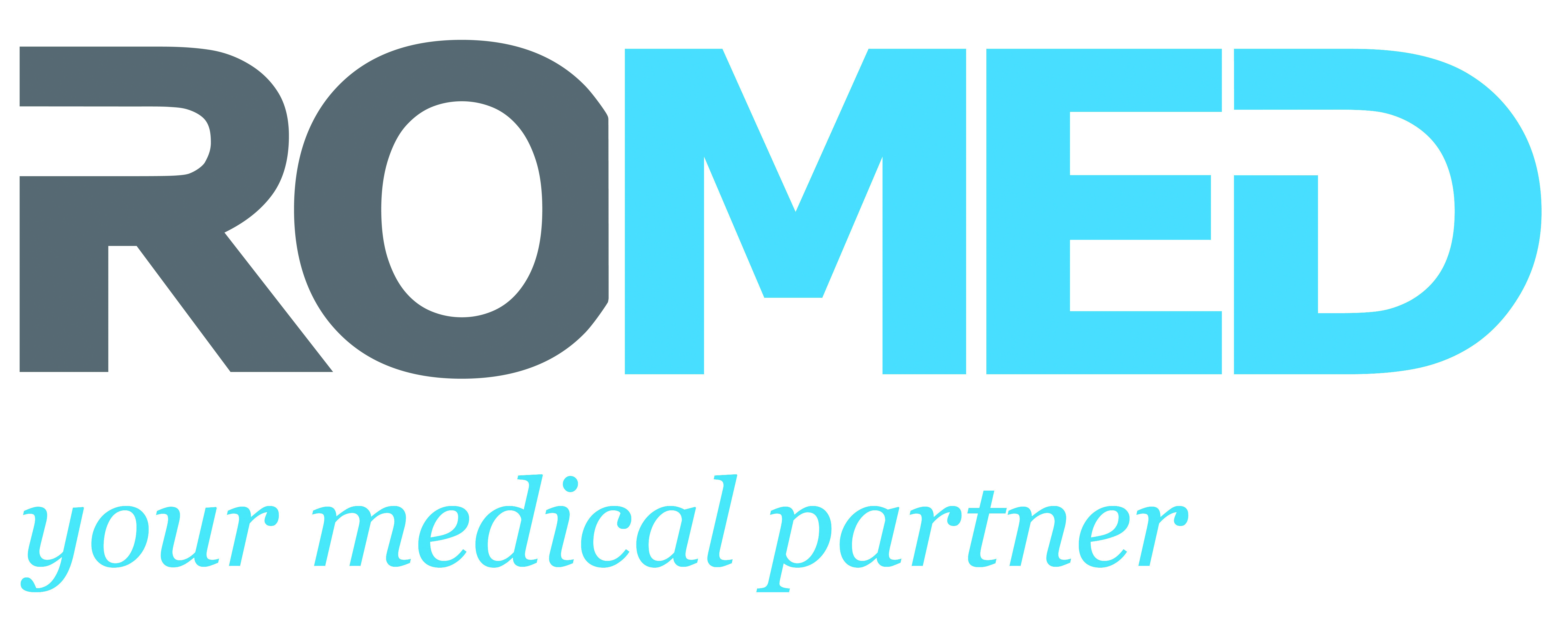Orthognathic surgery
Orthognathic surgery, often referred to as corrective jaw surgery, is a specialized procedure performed by maxillofacial surgeons to address issues related to the alignment of the jaws, teeth and facial structure.
What is orthognathic surgery and why is it performed?
Orthognathic surgery becomes necessary when there are significant problems with jaw alignment, bite, or facial proportions that can't be fully rectified with braces or other non-surgical methods.
An orthognathic procedure is recommended for individuals with:
- Improper bite (malocclusion) that cannot be corrected with braces alone:
By aligning the jaws properly, a harmonious bite is ensured that promotes effective oral function and reduces unnecessary strain on the teeth. - Facial asymmetry or disproportions:
When there are significant jaw misalignments, the facial structure may appear imbalanced. A harmonized facial profile and symmetry contribute to overall aesthetics and self-confidence. - Sleep apnea:
Sleep apnea is a sleep disorder characterized by interrupted breathing during sleep, often due to obstructed airways. In some cases, jaw misalignment can contribute to this condition. Orthognathic surgery can reposition the jaws to create a more open airway, providing relief from sleep apnea symptoms and promoting better sleep quality. - Temporomandibular joint disorders:
TMJ disorders can lead to jaw pain, headaches, and difficulty opening and closing the mouth. Jaw misalignment can contribute to these issues. Although this should not be an isolated indication for undergoing orthognathic surgery, in some cases it can alleviate TMJ-related discomfort. - Difficulty chewing, speaking, or facial function:
When the jaws are not aligned properly, basic functions like chewing and speaking can be compromised.
Orthognathic surgery is a transformative journey that can greatly improve oral function, breathing, facial aesthetics, and overall quality of life.
How do I know if I am a candidate for corrective jaw sugery?
Orthognathic surgery offers comprehensive solutions to a range of dental and facial concerns. If you're experiencing any of the issues mentioned above, consulting with a skilled maxillofacial surgeon and/or orthodontist can provide insight into whether orthognathic surgery is the right path for you. Your healthcare team will guide you through the process, ensuring you understand the benefits and are fully prepared for the course of treatment to follow and the positive changes that await.
How is jaw surgery performed?
Prior to the surgery, a comprehensive evaluation will be conducted by your maxillofacial surgeon. This involves X-rays, intra-oral scans or impressions, facial measurements and detailed planning to ensure the best outcomes.
On the day of the procedure, you'll be put under anesthesia to ensure your comfort. Depending on the extensiveness of the procedure, the surgery can last from 1 to 4 hours. During the surgery, your surgeon will make precise incisions in the gum by access through the mouth. The bones are then repositioned to achieve the correct alignment. Special plates, screws, or wires may be used to hold the jaws in their new positions. In most cases, one can go home the next day. Frequent checkups are provided during the first 6 weeks after surgery.
What are the different types of jaw deformities?
Jaw deformities can vary in different dimensions—vertical, sagittal, and transversal—and they often lead to an improper bite and facial disproportions.
1. Vertical dimension:
Vertical jaw deformities involve the height of the jaws. An excessive vertical growth can result in an "open bite," where the upper and lower front teeth don't touch when the back teeth are together. Conversely, insufficient vertical growth may lead to a "deep bite," where the upper front teeth cover the lower front teeth excessively and in some cases one bites down on the gums of the palate behind the upper incisors.
2. Sagittal dimension:
Sagittal jaw deformities affect the front-to-back position of the jaws. A "retrognathic jaw" refers to a lower jaw that is set too far back, creating an overbite. On the other hand, a "protruded jaw" occurs when the lower jaw extends too far forward and/or an upper jaw set too far back, resulting in an underbite.
3. Transversal dimension:
Transversal jaw deformities involve the width of the jaws. If the upper jaw is too narrow compared to the lower jaw, it can lead to a "crossbite," where the upper teeth fit inside the lower teeth when biting. In addition, in a jaw that is too narrow there might insufficient space for teeth (mainly the canines) to erupt and/or to line up all teeth straight ("crowding"). Expanding the upper and sometimes also the lower jaw may be necessary to correct these issues.
4. Facial asymmetry:
Facial asymmetry occurs when one side of the face is not balanced with the other. This can be caused by one side of the lower jaw growing more than the other, in any of the dimensions mentioned above. As a result, the midline of the face may not align properly, a crossbite might be present and the occlusal plane might be tilted, affecting both aesthetics and function.
There are various reasons for that, ranging from a localized jaw growth disturbance ("hemimandibular elongation" or "condylar hyperplasia") to an underlying condition like hemifacial microsomia.
What types of corrective jaw surgery are there?
An osteotomy procedure involves carefully mobilizing and repositioning a part of the jawbone(s) to ensure a proper fit of upper and lower teeth and to obtain a balanced facial profile. Depending on the jaw deformity to be corrected, one might reposition:
- the upper jaw (maxilla) by means of a so called Le Fort I Osteotomy
- the lower jaw (mandible) by means of a so called Bilateral Sagittal Split Osteotomy (BSSO)
- the chin bone (genioplasty)
In some cases a prior SARPE procedure (Surgically Assisted Rapid Palatal Expansion) might be necessary. This is a procedure performed by maxillofacial surgeons to widen the upper jaw by surgically reopening of the palatal suture and inserting a device called a palatal expander. You or your orthodontist will then activate this device as instructed, which gradually widens the upper jaw over a period of 1 to 2 weeks. This gives the bone time to heal and adapt to its new position.
Upper jaw surgery (Le Fort osteotomy)
Lower jaw surgery (BSSO or bilateral sagittal split osteotomy)
Chin surgery (Genioplasty)
Are braces always necessary to undergo corrective jaw surgery?
Orthognathic surgery is preferably performed in conjunction with an orthodontic appliance. This is why the treatment is called a Combined Orthodontic-Orthognathic procedure. It can be in the form of a fixed appliance (metal or ceramic brackets), but more and more nowadays it is also done in combination with removable clear aligners (e.g. Invisalign). In case one does not wish to have adjunctive orthodontic treatment, sometimes any facial imbalance can still be corrected by means of a genioplasty. This involves optimizing the shape of the chin bone in order to obtain a more harmonized facial profile. However, an improper bite cannot be corrected with this.
What are the different steps of the treatment process?
If you're considering a combined orthodontic-orthognathic procedure, here's an overview of the standard steps involved in this comprehensive treatment journey:
Step 1: Initial Consultation and Assessment
The process begins with an initial consultation with both an orthodontist and a maxillofacial surgeon. They will evaluate your jaw alignment, bite, and facial structure to determine if a combined procedure is the right path for you.
Step 2: Orthodontic Treatment Planning
Your orthodontist will create a personalized treatment plan using braces or clear aligners to align your teeth as a foundation for the surgical phase. This step ensures that your teeth are in the best possible position before the surgical correction. Orthodontic preparation usually takes up for about 1-2 years before proceeding to the next treatment step.
Step 3: Surgical Planning
The maxillofacial surgeon collaborates with your orthodontist to plan the surgical phase. This includes detailed imaging, such as X-rays and scans, to precisely map out the jaw adjustments needed for optimal results.
Step 4: Orthognathic Surgery
During the surgical procedure, the maxillofacial surgeon carefully repositions the jaw(s) as planned. Tiny plates, screws, or wires may be used to secure the new position. The surgery is performed in a hospital or surgical center and typically requires a short hospital stay of a couple of days.
Step 5: Recovery and Healing
After surgery, you'll need time to recover. Work incapacity or school absence for 1 to 3 weeks is to be expected. There might be some swelling and discomfort, but your surgical team will provide you with instructions to manage these aspects. Follow these guidelines diligently to ensure proper healing.
Step 6: Continued Orthodontic Treatment
After you've healed from surgery, you'll continue with orthodontic treatment to fine-tune your bite and teeth alignment. This phase takes about another 6 months to 1.5 years and ensures that your bite functions optimally and your smile looks its best.
Step 7: Final Results and Aftercare
As your orthodontic treatment concludes, you'll see the final results of the combined procedure. Your bite will be aligned, facial harmony improved, and your smile enhanced. Regular follow-up appointments with both your orthodontist and maxillofacial surgeon will be scheduled to monitor the stability of your result and ensure long-term success.
What to expect after surgery
Healing period
After orthognathic surgery, you'll need a period of recovery in terms of weeks. Usually most discomfort subsides after 1-2 weeks and healing of the wounds is complete after six weeks. There might be some swelling, discomfort, or changes in sensation of the lip and chin area, but these are usually temporary and subside gradually in the weeks after surgery. A liquid or soft diet is recommended during six weeks, gradually transitioning to regular foods (more advice can be found below).
Your surgeon will provide detailed post-operative instructions to manage these issues and promote proper healing. Follow-up appointments will be scheduled to monitor your progress and adjust any necessary post-operative care.
Swelling
Following surgery, it's normal for your cheeks or lips to experience swelling. This swelling can appear quite pronounced and typically peaks on the third day after the procedure. After reaching its maximum, the swelling stabilizes and gradually subsides. Occasionally, you might also experience temporary breathing difficulties due to the swelling. Fortunately, these inconveniences generally improve on their own within the initial week.
To help minimize swelling, it's recommended to apply a cold pack (ensured with a cloth) or ice cubes enclosed in a plastic bag against your cheek and/or lip at regular intervals during the initial days after surgery. Additionally, when sleeping, consider using an extra pillow to elevate your head slightly, as this can assist in managing swelling.
Pain
Strangely, most patients have little pain after jaw surgery but it's essential to manage pain and inflammation effectively to ensure a comfortable recovery. For an average, healthy adult, you may use paracetamol (acetaminophen) and ibuprofen to help with the pain. In Belgium, you can purchase paracetamol (1 g) and ibuprofen (400 mg) over-the-counter at your local pharmacy.
Medication Scheme:
- Breakfast: Take ibuprofen.
- Mid-morning: Take paracetamol.
- Lunch: Take ibuprofen.
- Mid-afternoon: Take paracetamol.
- Dinner: Take ibuprofen.
- Before bed (if needed): Take paracetamol.
Paracetamol can be taken every 4-6 hours, but do not exceed the recommended dose of 4000mg in 24 hours. Ibuprofen can be taken every 6-8 hours but should not exceed 1800mg in 24 hours. Always take these medications with food or milk to minimize stomach upset.
Note: This schedule is a general guideline. Always prioritize and follow your surgeon's specific advice. If you have health conditions or are on other medications, discuss pain management with your surgeon or pharmacist before taking any over-the-counter painkillers.
Bleeding
A wound can bleed or start to bleed after jaw surgery, sometimes after a silent period of days. Such bleeding usually stops of its own accord. If the bleeding gets worse or persists you should definitely not rinse your mouth. The use of a compress or pure cotton handkerchief is recommended if this happens: put it on the wound and bite down on it firmly for at least half an hour. If the upper jaw was operated on, it is possible some clots dislodge the days after surgery. This is not to worry. If you can not stop the bleeding take contact with your surgeon.
Smoking
If you are an active smoker, it is strongly recommended that you do NOT smoke during the healing period after surgery, in order to promote healing and prevent infection.
Sport
Do not practice intensive sport for the first six weeks. After two-three weeks you can start jogging but stay within your pain limits. Don't swim until all wounds have healed.



















